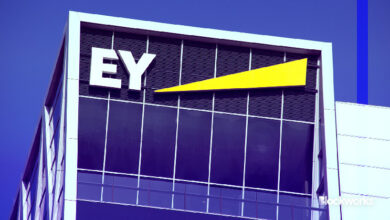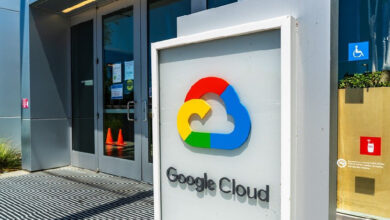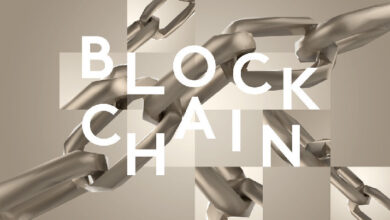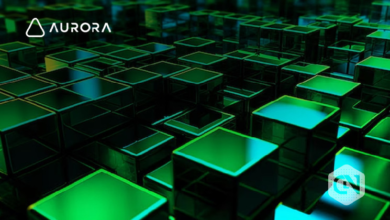How is ERC-721 Used to Create Unique Digital Assets on the Ethereum Blockchain?
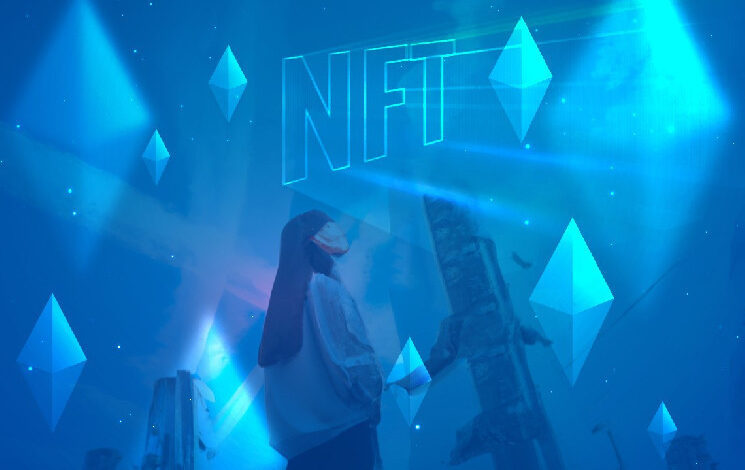
Blockchain
Welcome to the world of non-fungible tokens, where digital assets are as unique as your fingerprints, and ownership is forever engrained on the blockchain. ERC-721 is a groundbreaking standard on the Ethereum blockchain that has paved the way for the creation and exchange of non-fungible tokens, also known as NFTs.
What makes ERC-721 different from other token standards on the blockchain? This is a stark contrast to fungible tokens like ERC-20s, which are interchangeable with one another. This article aims to tell you everything you need to know about ERC-721.
What is ERC-721?
ERC-721 is a technical standard on the Ethereum blockchain that defines the rules for creating and exchanging non-fungible tokens (NFTs). Unlike fungible tokens like ERC-20s, each ERC-721 token is unique and represents a specific asset, whether it be a piece of artwork, a collectible, or even a virtual plot of land.
So, how does ERC-721 differ from other NFT standards on the blockchain? One key difference lies in its simplicity. ERC-721 is a straightforward and easy-to-understand standard that allows developers to create and exchange NFTs with ease. This has led to the widespread adoption of ERC-721 in the blockchain industry and beyond.
Another important feature of ERC-721 is its flexibility. Users can use ERC-721 to create truly unique assets that cannot be replicated or duplicated, unlike other NFT standards like ERC-1155. This has opened up a whole new world of possibilities for digital asset creation and ownership, with countless use cases across industries.
ERC-721’s technical specifications are based on the Ethereum blockchain and implemented through smart contracts. Each ERC-721 token is stored on the blockchain and is associated with a specific owner, making it impossible to counterfeit or manipulate. The lifecycle of an ERC-721 token includes minting, transferring, and burning, all of which are governed by the smart contract rules defined in the ERC-721 standard.
ERC-721 was first proposed in 2017 by a developer named Dieter Shirley. The proposal outlined a new standard for creating and exchanging non-fungible tokens (NFTs) on the Ethereum blockchain. Unlike fungible tokens like ERC-20, each ERC-721 token is unique and represents a specific asset, whether it be a piece of artwork, a collectible, or even a virtual plot of land.
The Ethereum community officially adopted the ERC-721 standard in March 2018, after undergoing a rigorous review process. The blockchain community quickly embraced the standard, with developers using ERC-721 to create a wide range of unique digital assets, from virtual cats and monsters to rare digital artwork and virtual real estate.
One of the most notable early adopters of ERC-721 was the popular blockchain game CryptoKitties, which allowed players to buy, sell, and breed virtual cats using ERC-721 tokens. The game quickly became a sensation, with players spending millions of dollars on rare virtual cats and driving up the price of some of the game’s most valuable assets.
Countless applications have used ERC-721 since then, from virtual real estate and collectibles to ticketing and even identity verification. Its unique properties and flexibility have made it a powerful tool for creating and exchanging unique digital assets on the Ethereum blockchain.
How Does ERC-721 Work?
Smart contracts on the Ethereum blockchain create and manage ERC-721 tokens. These smart contracts established the rules for minting, transferring, and burning ERC-721 tokens, ensuring that each token is unique and non-fungible.
Minting an ERC-721 token begins with a smart contract that defines the parameters of the token, such as its name, symbol, and metadata. By interacting with the smart contract through a user interface like a web application or mobile wallet, the creator can deploy the smart contract on the blockchain and mint new tokens.
When one user transfers a token to another, the smart contract updates the ownership record on the blockchain. When one user transfers a token to another, the smart contract updates the ownership record on the blockchain, ensuring that the new owner is now the rightful owner of the token. This process is completely transparent and auditable, making it impossible to manipulate or counterfeit ERC-721 tokens.
Burning ERC-721 tokens is another important function of the ERC-721 standard. When they burn a token, they reduce the total supply of that asset by permanently removing it from circulation. This can be useful for creating scarcity and increasing the value of certain assets, such as limited edition collectibles or rare digital artworks.
Use Cases for ERC-721 Tokens
The potential uses for ERC-721 tokens are virtually limitless, with applications across a wide range of industries. Some of the most popular and innovative use cases for ERC-721 tokens include gaming, collectibles, real estate, ticketing, and even identity verification.
In the gaming industry, ERC-721 tokens have revolutionized the way we think about in-game assets. Instead of simply buying or earning in-game items, players can now truly own and trade unique assets that are verifiable and secure on the blockchain. This has opened up new opportunities for gaming companies to create rare and valuable in-game items, while also providing a more engaging and immersive experience for players.
Collectibles are another popular use case for ERC-721 tokens. Whether it’s rare digital artwork, limited edition sports cards, or even virtual pets, ERC-721 tokens provide a secure and transparent way for collectors to own and trade unique assets. This has led to the emergence of new marketplaces for digital collectibles, such as OpenSea and Rarible, that are powered by the ERC-721 standard.
In the realm of real estate, ERC-721 tokens can represent unique properties or plots of land in a decentralized world. This has the potential to revolutionize the way we think about property ownership and management, with the possibility of creating new marketplaces for virtual real estate that are powered by blockchain technology.
Ticketing is another industry that stands to benefit from the use of ERC-721 tokens. By issuing tickets as ERC-721 tokens, event organizers can prevent fraud and scalping, while also providing a more streamlined and secure process for attendees. This has the potential to reduce costs and increase efficiency for event organizers, while also creating a better experience for attendees.
We can use ERC-721 tokens to revolutionize the way we think about online identity verification, with each token representing a unique digital identity. This has the potential to revolutionize the way we think about online identity and security, with the possibility of creating new decentralized identity systems that are verifiable and secure on the blockchain.
Final thoughts
ERC-721 is a remarkable standard on the Ethereum blockchain that has changed our idea of digital assets and ownership. Its non-fungibility and flexibility have opened up new opportunities for creating and exchanging unique digital assets, paving the way for a more decentralized and fair future. The potential applications of ERC-721 tokens are vast and varied, spanning industries from gaming and collectibles to real estate and ticketing.

